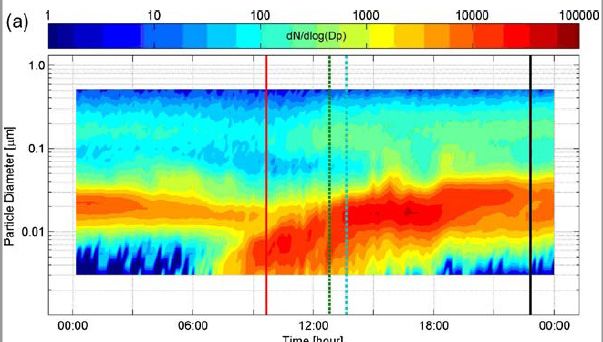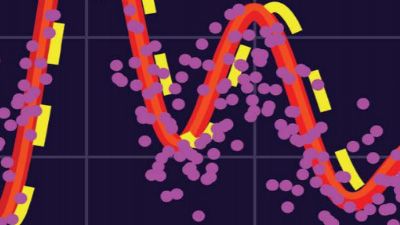Modern data comes in all sorts of different forms that do not necessarily fit well with traditional data analysis methods. For example, it can occur in the form of images, text, visual displays or mathematical functions. The size of datasets can be much larger than those traditionally analysed and the speed at which decisions have to be made about such data can be much faster than previously required. Under this theme we explore these data sources different types of challenging data and develop new methods to explore such data for its analysis.
Menu




